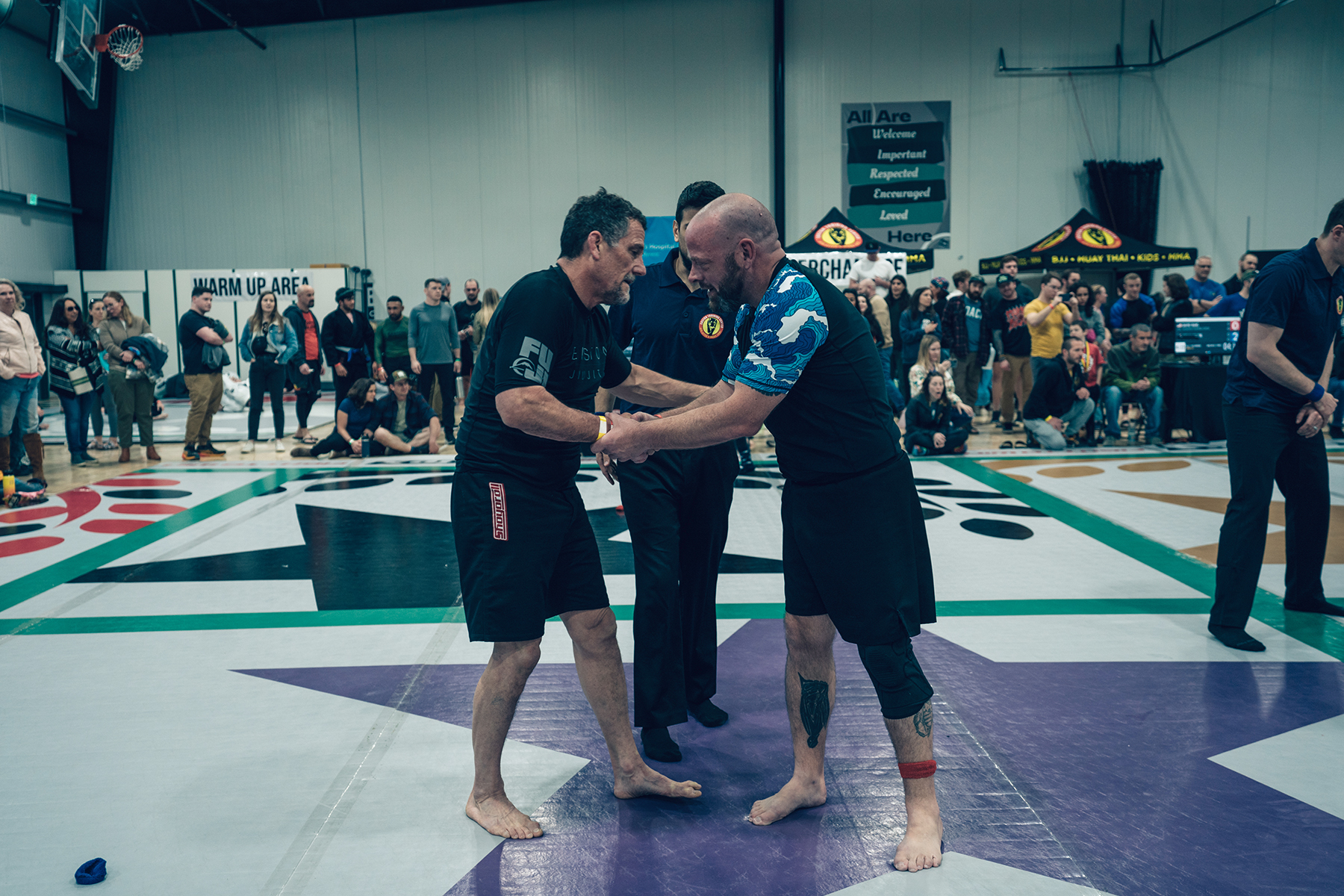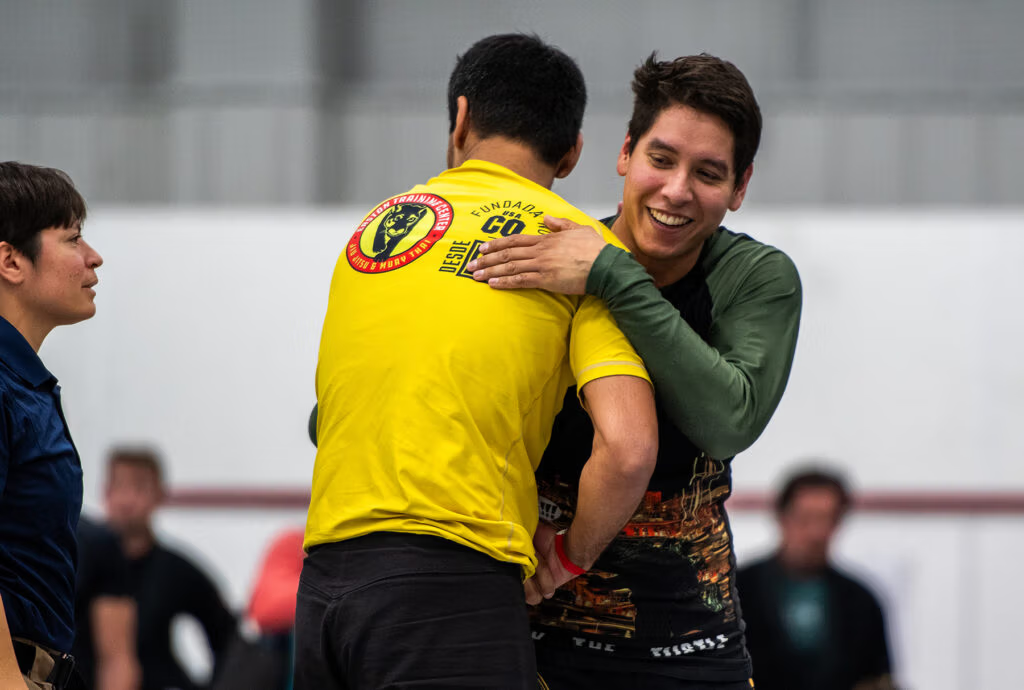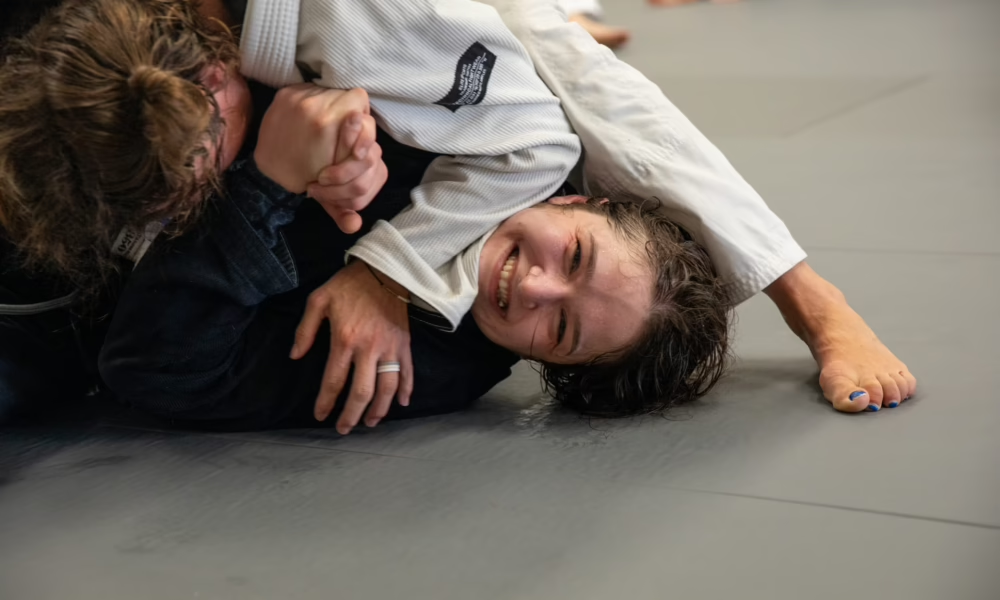In martial arts, what goes on in our mind is just as important as what goes on with our bodies and the techniques we work so hard to master. Anxiety, unhealthy ego, over-thinking, comparing ourselves to others — all only get in the way of our journey.
The Japanese use the term Budo in describing modern Japanese martial art — directly translating to “the martial way,” otherwise known as the “warrior’s way” or “warrior’s path.”
Budo utilizes 5 spirits, or mindsets, crucial to the growth in their martial art. These five elements no doubt contributed to the samurai’s success in becoming such a powerful fighting force in their time.
Although most of us that practice martial arts in modern time aren’t full-time warriors and aren’t fighting in hand-to-hand combat with real stakes, it benefit us all to incorporate a warrior’s mindset. If not in all aspects of daily life, at least when we enter the academy and train.
The 5 “sprits” of Budo are as follows,
- Shoshin: “Beginner’s mind”
- Zanshin: “lingering mind”
- Mushin: “no mind”
- Fudoshin: “immovable mind”
- Senshin: “enlightened mind”
Let’s break them down!
Shoshin
The spirit of Shoshin literally translates into “beginner’s heart” or “beginner’s mind.” I believe this mindset is what we should all start with the second we start training.
Many of us have heard black belts say things like, “When I received my black belt, a whole other journey began….It doesn’t end with the black belt.”
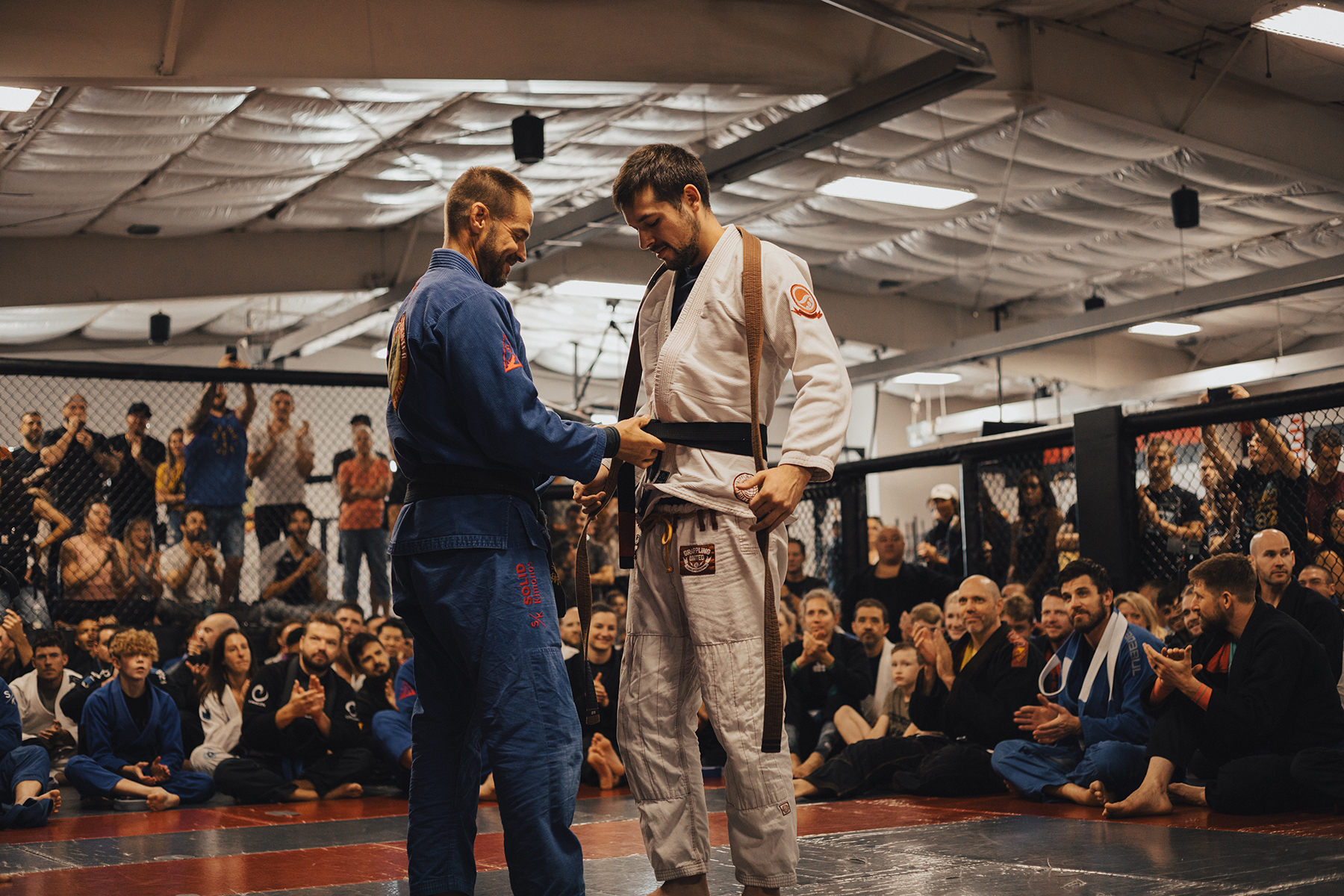
Jiu Jitsu, for example, has more techniques, and variations of techniques than we will likely ever come close to mastering. Highly intelligent people from all walks of life are constantly analyzing and adapting their game and many then share their adaptations on social media.
None of us will ever get to a point where we can assume that we know it all and can learn no more. It takes a beginner’s mind to navigate through life.
Regardless of experience or rank, we should all continue to learn, and that learning can come from anyone and anything: that white belt who’s been training for a month, that fundamental technique we assumed we knew well, but taught by someone with a new detail we’d never seen.
This is how we evolve and adapt. With a beginner’s mind, we continue to grow and capitalize on every experience.
Shunryu Suzuki, a Zen Buddhist monk and teacher who helped popularize Zen Buddhism in the United States, said, “In the beginner’s mind, there are many possibilities, but in the expert’s there are few.”
Zanshin
“Lingering mind” is how zanshin translates into English. Lingering mind may sounds similar to “wandering” mind, or daydreaming, but that’s not what the word means. On the contrary, zanshin is about alertness, awareness and mindfulness.
What’s going on around you? What are individuals in your periphery doing? How efficient is your breathing? How is your opponent breathing? Are you utilizing technique, or muscle strength? Staying aware and mindful of what’s going on when you train, you’ll be able to answer all of these questions.

Zanshin becomes even more important in a self-defense environment. The first step in a self-defense situation is to avoid it entirely. However, if you are forced into a fight, a higher degree of alertness and awareness could mean the difference between life or death.
What objects around you could you use as a barrier or an improvised weapon, or even obstacles that someone could trip over? How many threats are near? Escape routes?
Without zanshin, even a skilled fighter would struggle. When applying zanshin, we’re living purely in the moment and aware of everything.
We aren’t focused on the past, nor worrying about the distant future; we are completely in the moment.
Mushin
We learn a technique; we practice it hundreds or thousands of times; we drill it; we attempt it during live training.
Only after this muscle memory takes hold can we attain mushin, or “no mind,” with our martial art. This doesn’t mean you have to be an expert to utilize mushin; beginners can also invoke this spirit of Budo.
Bruce Lee may not have been referring to mushin directly when he said this, but I think he defines it perfectly:
“Empty your mind…be formless, shapeless, like water…You put water into a cup, it becomes the cup. You put water into a bottle, it becomes the bottle…. You put water into a teapot, it becomes the teapot. Water can flow…. Water can crash… Be water, my friend.”
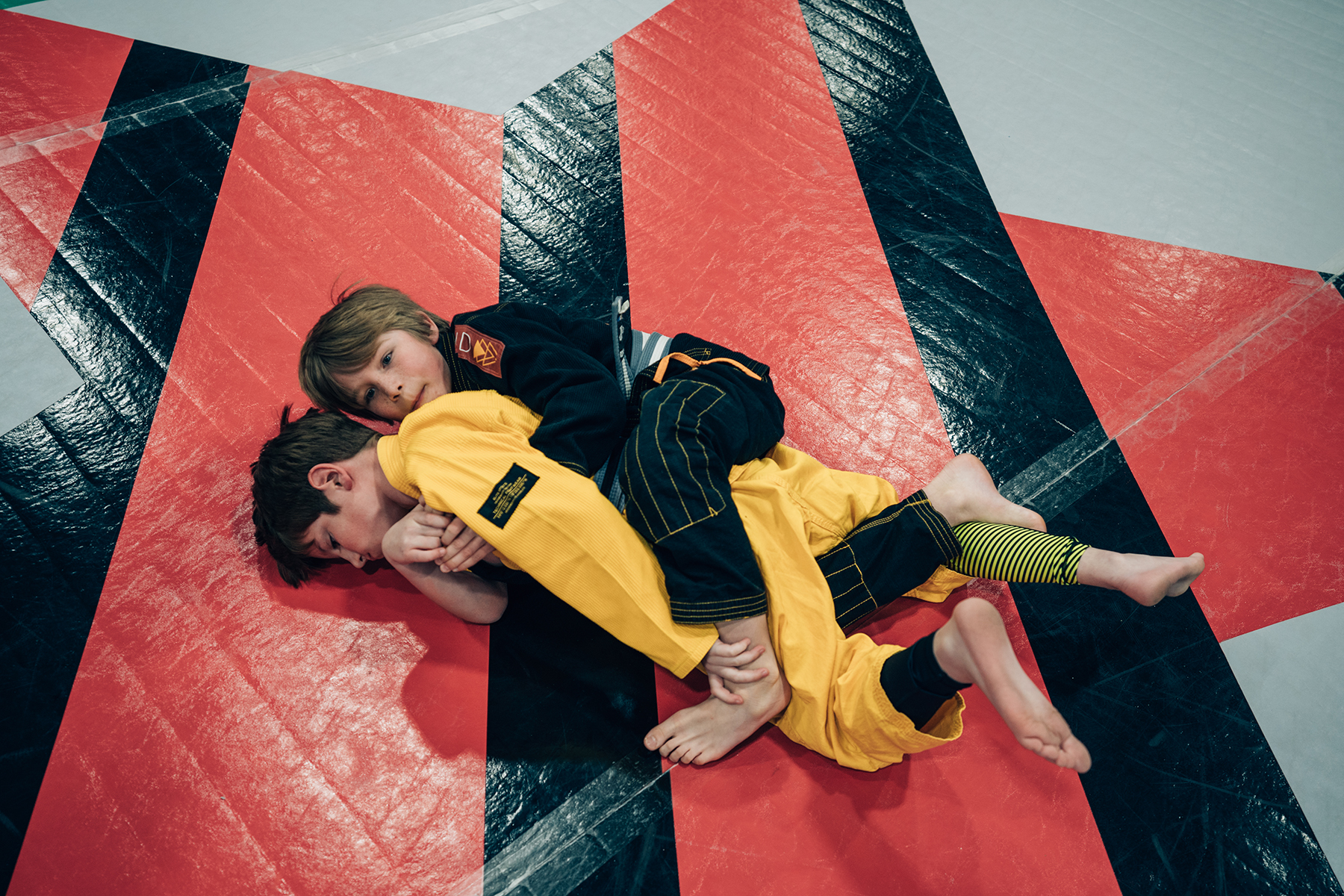
This is mushin! Similar to zanshin, you live in every moment, but without over-analyzation. Just being, just doing.
It’s like driving a car — when we first learn to drive, we’re thinking about every move, every step on the brake or accelerator. Over time, mushin takes over and we just drive. No thinking about the controls or traffic, just doing and reacting in real time. This is how we get into a flow state.
Fudoshin
“Immovable mind” becomes the meaning of fudoshin in English: stability, fearlessness, control and bearing under extreme pressure. Fear and emotional instability can almost literally paralyze us from action. The answer is fudoshin.
When being smashed by a heavier opponent, do you panic and tap out? Sometimes, yes. When we master the spirit of fudoshin, we can remain calm, breathe, defend ourselves from submissions and work on an escape.
When overwhelmed by the offense of a more superior striker, remain calm, breathe, defend yourself, and work on creating distance to reset or retreat.
We’re lucky to have competitions throughout the year to test our fudoshin under pressure, in a controlled and safe environment. It’s one thing to remain calm in regular training, but another when surrounded by an audience with stakes on the line.
Breathe, remain calm, take action.

Senshin
Senshin represents the “enlightened mind” and transcends the other four spirits of Budo. When an individual has completely embraced the four other spirits and achieves a constant state of shoshin, zanshin, mushin, and fudoshin, they reach senshin.
Although this seems near impossible with our daily lives and constant distractions, I believe senshin should be our ultimate goal in martial arts: constantly learning, fully aware, in a flow state, and with a fearless and stable mindset.
Similar to the other spirits of Budo, one doesn’t reach a “finish line” with senshin; it’s something that would likely take years or decades of constant work and discipline. Can we do it? I don’t know the answer, but it is worth trying.
While we don’t necessarily need these for survival in today’s society like they likely did in ancient, feudal Japan, I think it’s worth striving for. Not only to be a skilled martial artist, but to be a good human that can survive adversity and remain balanced under duress.
